Bone density behind Spinosaurus’ ‘simply weird’ underwater life
Scientists have scratched their heads over Spinosaurus since the Cretaceous carnivore was first discovered – now a study has shed new light on how the giant dinosaurs hunted prey underwater
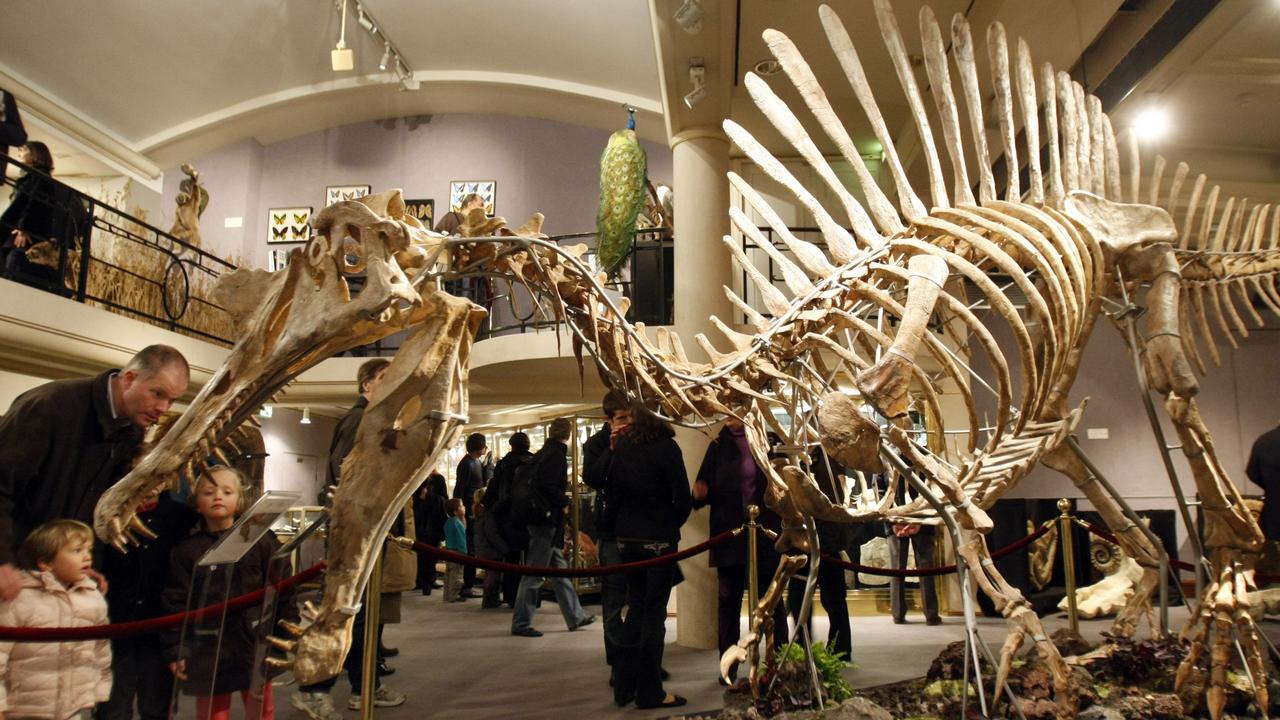
READING LEVEL: ORANGE
The largest-known carnivorous* dinosaur, Spinosaurus has always confounded* scientists. How did these weird, water-loving beasts live their lives and hunt their prey?
Did they wade into rivers and lakes like a heron? Or did they swim underwater like a hippo or croc?
It turns out that the answer was in their bones – their bone density*, to be precise. Scientists have announced that Spinosaurus and its cousin Baryonyx had very compact bones that would have helped them stay underwater as semiaquatic* predators* targeting large prey.
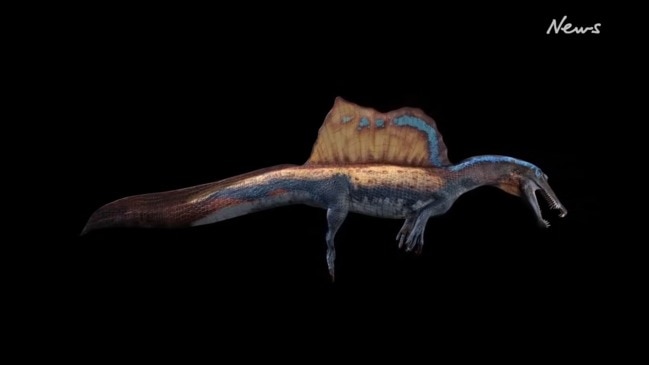
Both were members of the Cretaceous Period dinosaur group called spinosaurids that had long, crocodile-like snouts and conical teeth for hunting aquatic prey. But the researchers found that another spinosaurid called Suchomimus did not have dense bones and was probably a wading predator, showing the group’s unexpected ecological* diversity.
Spinosaurus, about 15m long and weighing seven tonnes, lived 95 million years ago in Africa. Its anatomy* was unlike any other dinosaur, with a relatively small pelvis, short hind legs, paddle-like tail and feet for propulsion* in the water and a strange, sail-like structure of bony spines 2m tall on its back.
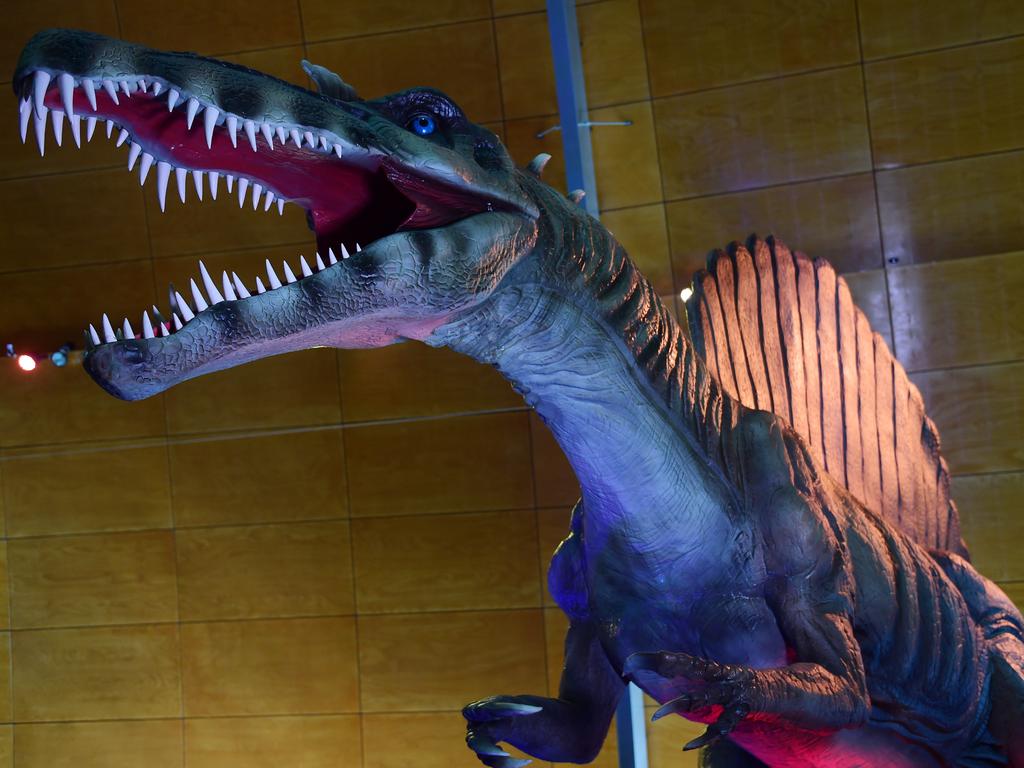
“I think this animal is simply weird – we have nothing alive today that could be considered remotely similar,” said postdoctoral researcher in palaeontology* at Chicago’s Field Museum, Dr Matteo Fabbri, lead author of the study published in the journal Nature.
“I really like the idea of this giant animal, weighing many tonnes, submerging under water to catch prey,” said University of Oxford palaeontologist and study co-author Roger Benson. “It is striking to me that it has a giant sail-crest on its back. That would have made it hard for it to hide under water, but much more ominous*: a bit like a shark fin poking above the water line.”
Baryonyx, 10m long, lived 125 million years ago in Europe. Suchomimus, 11m long, lived 120 million years ago in Africa.
The researchers studied 297 species of living and extinct animals, land-dwellers and water-dwellers. Bone density was found to be a defining feature in animals adapted for life in the water, such as whales, seals, dugongs, hippopotamuses, crocodiles, penguins and various extinct marine reptiles.
No other dinosaurs were found with the bone density of Spinosaurus and Baryonyx, indicating they were alone among dinosaurs in conquering the aquatic realm.
“Spinosaurus has the highest bone density among the three,” Dr Fabbri said. “Baryonyx has a slightly lower bone density, but still very similar to Spinosaurus. Suchomimus, found as a more terrestrial* animal in our study, has a bone density similar to other terrestrial dinosaurs, reptiles and mammals.”
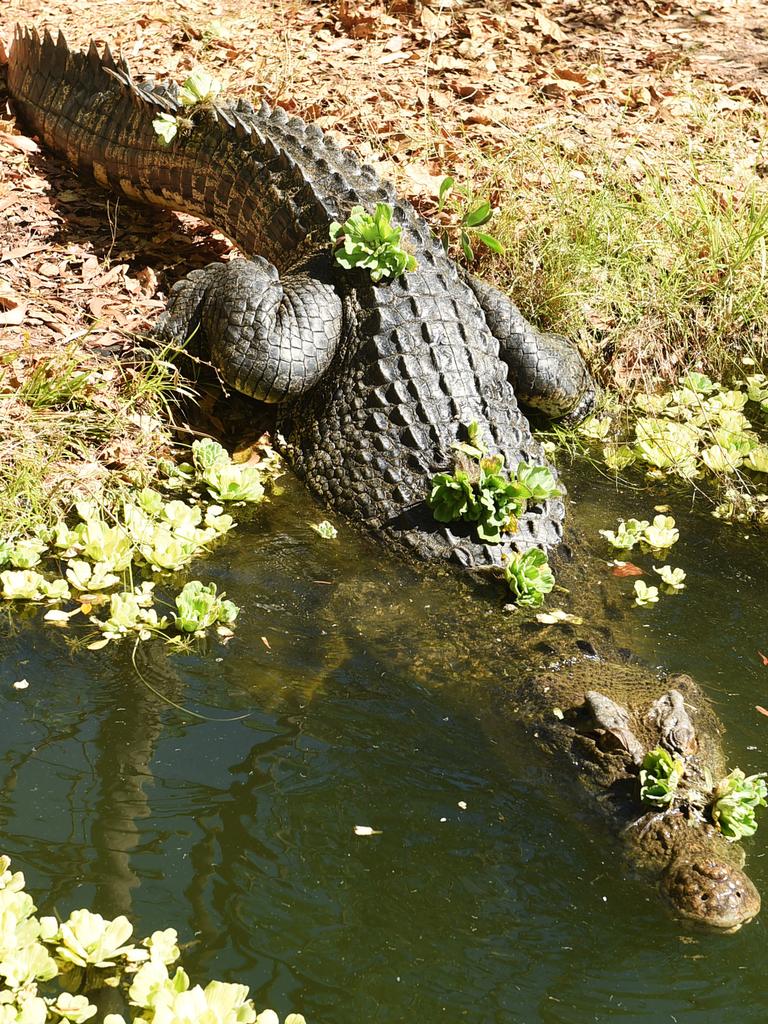
While Spinosaurus beats even the Tyrannosaurus rex for size, its anatomy has always puzzled scientists. Original fossils from Egypt were destroyed during World War II, but the discovery of a skeleton in Morocco in 2008, and additional tail bones dug up later, led some palaeontologists to suggest that Spinosaurus was semiaquatic and an active swimmer. Other researchers looking at the same fossils disagreed.
The new study attempts to settle the debate.
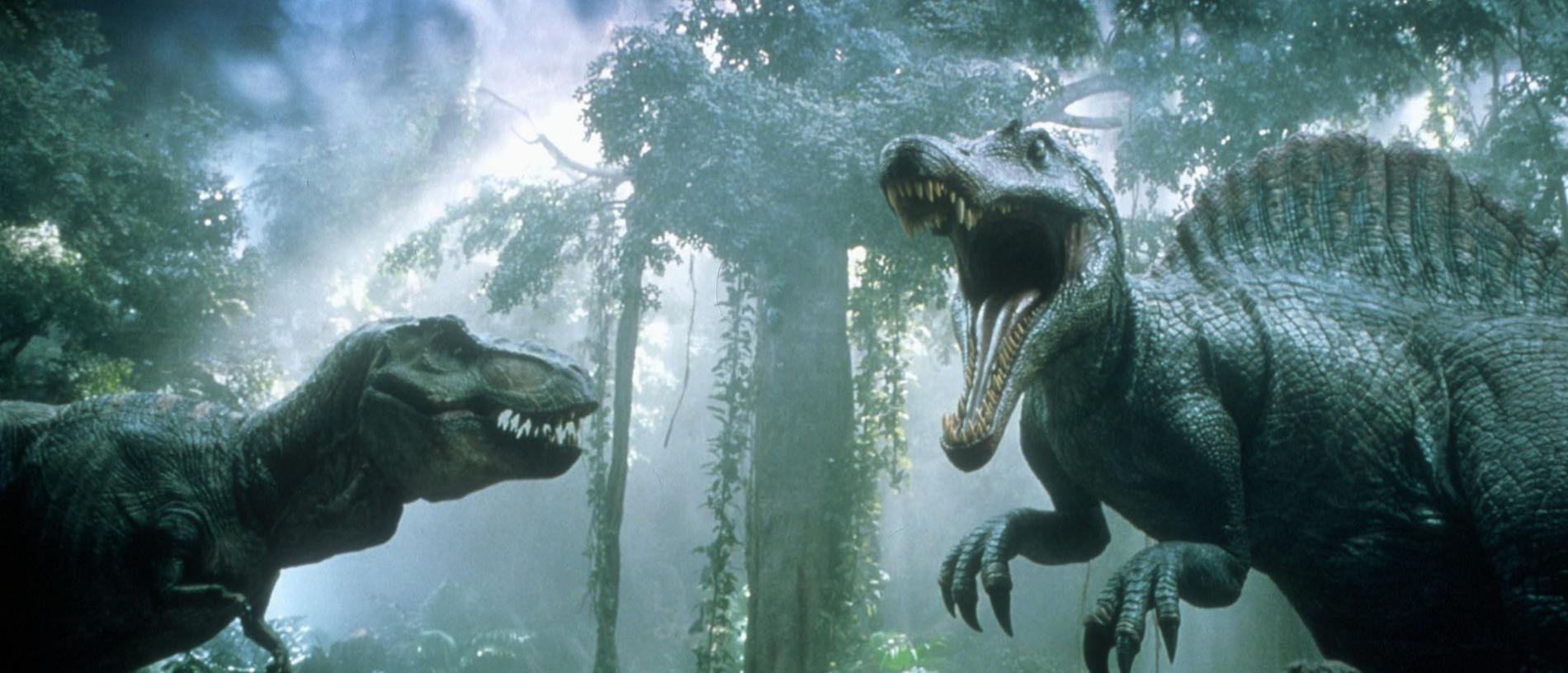
Big fish in rivers and lakes as well as dinosaurs walking along their banks may have been appealing prey for Spinosaurus.
“Spinosaurus was perhaps moving along shallow waters using a combination of ‘bottom-walking’ – like modern hippos – and lateral strokes of its giant tail,” said University of Cambridge postdoctoral researcher and study co-author Dr Guillermo Navalón. “Probably it used this means of locomotion not to pursue prey for long distances in open waters but to ambush and catch very large fish like lungfishes or coelacanths.”
GLOSSARY
- carnivorous: meat-eating
- confounded: confused, puzzled, perplexed
- density: solidity, thickness, compactness, bulk
- semiaquatic: species that spends part but not all of its life cycle in water
- predators: animal that naturally hunts and eats other animals
- ecological: patterns of relationships between living things and their environment
- anatomy: the body structure of living things
- propulsion: thrust, force pushing something forwards, forward movement
- palaeontology: scientific study of the history of life on Earth as based on fossils
- ominous: worrying, threatening, menacing, sinister
- terrestrial: relating to land, earth-based
EXTRA READING
Octopus fossil found with extra arms
World’s best Triceratops moves in
QUICK QUIZ
- How long ago did Spinosaurus exist and where?
- How big was Spinosaurus and how much did it weigh?
- What distinctive feature did Spinosaurus have on its back?
- Did other dinosaurs have the same bone density as Spinosaurus and Baryonyx?
- What six animals alive today have bone density adapted for life in the water?
LISTEN TO THIS STORY
CLASSROOM ACTIVITIES
1. Labelled diagram
Draw your own picture of a Spinosaurus. Use information about the dinosaur provided in the news story to help you label your diagram. Your labels might include a description of body parts including their shapes, sizes or uses.
Time: allow 25 minutes to complete this activity
Curriculum Links: English; Science; the Arts
2. Extension
Draw a 1:100 scale silhouette of a Spinosaurus, a Baryonyx, a Suchomimus and yourself to compare sizes.
Tip: A Spinosaurus was 15m in length, so 1/100th of that is 15cm.
Time: allow 10 minutes to complete this activity
Curriculum Links: English; Mathematics; Science; the Arts
VCOP ACTIVITY
Wow word recycle
There are plenty of wow words (ambitious pieces of vocabulary) being used in the article. Some are in the glossary, but there might be extra ones from the article that you think are exceptional as well.
Identify all the words in the article that you think are not common words, and particularly good choices for the writer to have chosen.
Select three words you have highlighted to recycle into your own sentences.
If any of the words you identified are not in the glossary, write up your own glossary for them.

